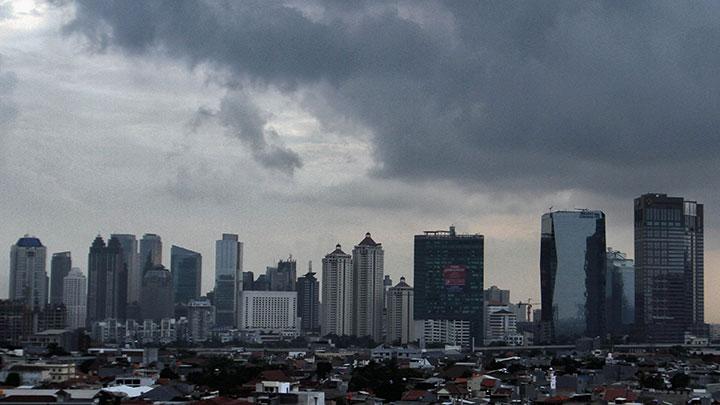Following the collapse of Lehman Brothers, Asian economies were severely tested on several fronts. Exports collapsed. Dollar liquidity dried up. International banks withdrew lending to the region due to the global deleveraging process and rising demand for capital and liquidity back home. Economic growth fell to the lowest level since the Asian financial crisis.
One year on, the region is stabilising. Economic activity is gradually rebounding, aided by fiscal stimulus. However, the repercussions of this global financial crisis will be felt for years to come. Asia has already learned plenty of lessons, and there are plenty more to be learned in the future.
The bottom line is that Asia has weathered the storm well. The experience of its own crisis a decade earlier helped to prepare Asia for the events of the past 12 months. It is important for Asian authorities and businesses not to become complacent, but to continue to prepare for the shift in the global economic landscape in the future.
While measures adopted by policymakers around the world have managed to defuse the financial crisis and steer the global economy away from a Great Depression, they have perhaps created a new set of challenges. What are they?
As we learned in 2008, inflation can affect this region both from the demand side (our own level of economic activity) and the supply side (external prices such as energy and food). Hence, the authorities will need to be aware of all contingencies and apply policy as appropriate. Central banks will also need to observe the impact of loose monetary policy on our asset markets, and prevent speculative activity from creating asset bubbles, whether in equities or real estate.
– Questions over fiscal sustainability and the subsequent impact on financial stability. Strong doses of fiscal stimulus have been a key characteristic of this financial crisis. While most Asian governments have the capacity to adopt expansionary fiscal policy to sustain growth, they will need to reinstate fiscal discipline once the recovery solidifies. Meanwhile, many western governments are in a less comfortable position in terms of the size of their government debt and structural deficiencies in their public finances, such as heavy burdens from health care, pensions, and other social services. Yet, these economies are also in greater need of fiscal stimulus. This could be a potential source of financial instability if market confidence in their fiscal position fades.
– The changing dynamics of demand sources. For Asian corporate, business dynamics are already changing. Asia’s export-dependent growth model is not necessarily broken, but it requires considerable adjustments. Asian exporters will need to diversify away from the developed world and tap demand from emerging markets. This is not a new phenomenon. Since 2000, G7 have been responsible for only 25% of the world’s annual growth, down from 40-50% in the 1980s and 1990s.
This makes selling to emerging markets such as China, India, and Indonesia a must for any company seeking growth. Furthermore, Asia will need to look for demand at home. Unlocking Asia’s high savings will be a multi-year process. Significant reforms in the provision of social services such as education, health care, and pensions will be needed in order to transform contingent savings into spending power. Authorities will also need to foster the development of consumer finance and allow Asian consumers to borrow and spend in a sustainable way.
Notwithstanding its terrible economic performance earlier this year, Asia has managed to weather the storm without collateral damage to its economic structure. Years of accumulation of foreign-exchange reserves are paying dividends. The decrease in leverage among Asian consumers and businesses in recent years has also provided a lifeline amid current tight credit conditions.
While these are important lessons, the global economic and financial environment will continue to evolve, and agile responses will be crucial.


